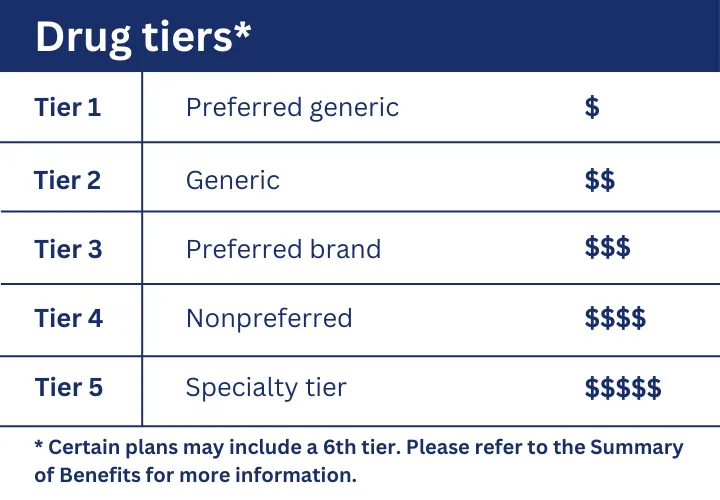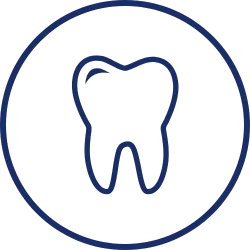

Lile Insurance Group
Lile Insurance Group

Get the Help you NEED choosing the right Medicare Plan
Get the Help you NEED choosing the right Medicare Plan
I will help you navigate the complexities of Medicare by conducting a personalized assessment of your healthcare needs and preferences, offering clear explanations of Medicare basics, comparing available plans, assisting with enrollment, and providing ongoing support.
What is Original Medicare?
Original Medicare Is:
A Federal Health Insurance Program
For U.S. Citizens & Legal Residents
Individual Health Insurance
The U.S. government's largest health insurance program serving more than 62 million people.
Original Medicare is Made Up of Two Parts:


HOSPITAL INSURANCE
Hospital room & meals
Intensive care
Skilled nursing facility care
Operating room services
Hospice care
Rehabilitation services
Some home health care
Some drugs & medical supplies for inpatient stays
&

MEDICAL INSURANCE
Doctor visits
Annual wellness visits & preventive services
Outpatient care
Mental health care
Clinical lab services
Durable medical equipment
Ambulance services
Occupational physical therapy

prescription drug plan
Understanding the Part D stages
Medicare prescription drug plans have three stages.
(Note that the information below only pertains to Part D prescription drug costs.)
stage 1
Deductible - you pay 100%
You pay all costs until the deductible is met.
A deductible is the amount you pay of your medication costs before this plan pays its share.
Deductible amounts and exclusions vary across plans-some plans may exclude commonly used medications from the deductible phase.
stage 2
Initial Coverage - shared cost with insurance company
During the Initial Coverage Stage, the plan pays its share of the cost of your covered prescription drugs, and you pay your share (your copayment or a coinsurance).
Both you and your insurance plan pay medication costs until your Part D out-of-pocket costs reach $2,000.
stage 3
Catastrophic Coverage - insurance plan pays 100%
During this stage you pay nothing for the remainder of the calendar year.
The plan pays full cost for your covered Part D prescription drugs.
Drug tiers, explained
Prescription drugs are organized into tiers according to cost. Tier 1 is the lowest cost and Tier 5 is the highest cost.
So plans may offer their best pricing on Tier 1 and Tier 2 drugs.

Let's Talk About What’s Not Covered by Original Medicare

Most prescription drugs

Long-term care

Most care outside of the U.S.

Eye exams, glasses and contact lenses

Gym memberships and wellness benefits

Hearing exams and hearing aids

Help with activities of daily living, like eating and bathing

Routine dental exams, cleanings and X-rays

Personal expenses during hospitalization, like a phone and TV

Hospital and psychiatric hospital stays (beyond a set number of days)

Medicare C (Advantage)
Medicare Advantage is a Medicare approved plan from a private company that offers an alternative to Original Medicare for your health and drug coverage. These “bundled” plans include Part A, Part B, and usually Part D.
You can only use doctors who are in the plan's network
You may need to get approval from your plan BEFORE it covers certain drugs or services
Plans have different out-of-pocket costs than Original Medicare or supplemental coverage.
You may have an additional premium.
Plans may offer extra benefits that Original Medicare doesn't
Supplement
You pay a monthly fee in addition to the Part B premium, and the private plan covers the costs in Original Medicare.
There are 10 plans (each has its own letter) standardized by the Federal Government, but offered by private insurance companies*.
The monthly fee can generally range from $50 - 350, depending on the plan type and your home state.
No drug coverage, or dental, hearing and vision benefits.
*No medical underwriting up to 6 months after enrolling in Part B at age 65 or older.
Guaranteed renewable.
Coverage nationwide; no provider network
What does it Cost
Original Medicare consists of Part A and part B
→ but NO out of pocket maximum
*Note: premium free if you or your spouse worked and paid taxes for 10+ years. If you don't get premium-free Part A, you pay up to $506 each month.
**If you are an above average income earner, you will have to pay a higher Part B premium.

Medicare Enrollment Periods
Initial Enrollment Period
If you're enrolling in Medicare for the first time, you have an Initial Enrollment Period (IEP) that begins 3 months before and ends 3 months after you turn 65. It begins and ends 1 month earlier if your birthday is on the first of the month.
Open Enrollment Period
Jan. 1 - March 31
If you already have a Medicare Advantage (MA) plan, you may enroll in another MA plan or go back to Original Medicare during the Open Enrollment Period (OEP). You may only make 1 change within the period.
Annual Enrollment Period
Oct. 15 - Dec. 7
During the Annual Enrollment Period (AEP), you can add, drop or switch your Medicare coverage.

Special Election Period
A Special Election Period (SEP) is an opportunity to enroll in, change or drop your Medicare Advantage or Part D prescription drug plan (PDP)
outside of the AEP due to a qualifying life event-without penalty. You generally have 2 months after the month of the qualifying event to make a switch, though specific dates vary for each person's situation.
Qualifying life events may include:
You've been diagnosed with a qualifying chronic health condition.
You've moved to a permanent residence outside of your current MA plan service area.
You qualify for Extra Help.
You're retiring and losing employer coverage.
Your plan is not renewing its contract with the Centers for Medicare & Medicaid Services (CMS) or intends to stop providing benefits in your area at the end of the year.
IRA Highlights
Part D Improvements
People with Medicare will benefit from lower prescription drug cost and a redesigned prescription drug program.
Benefits Include:
Insulin available at $35/mth per covered prescription
Access to recommended adult vaccines without cost-sharing
A yearly cap ($2,000 in 2025) on out-of-pocket prescription drug cost in Medicare
Expansion of the low-income subsidy program (LIS or Extra Help)
Insurance Providers with absorb a portion of this expense

Most Common Types of MA plans
Health Maintenance Organization
With a Health Maintenance Organization (HMO), you have a large network of providers and generally you have to stay within the network, which helps you keep your out-of-pocket costs in check.
Preferred Provider Organization
A Preferred Provider Organization (PPO) offers a large network of healthcare providers and the flexibility of going out of network for care, although you may pay more.

Copyright 2025 | Lile Insurance Group LLC

Copyright 2025 | Lile Insurance Group LLC